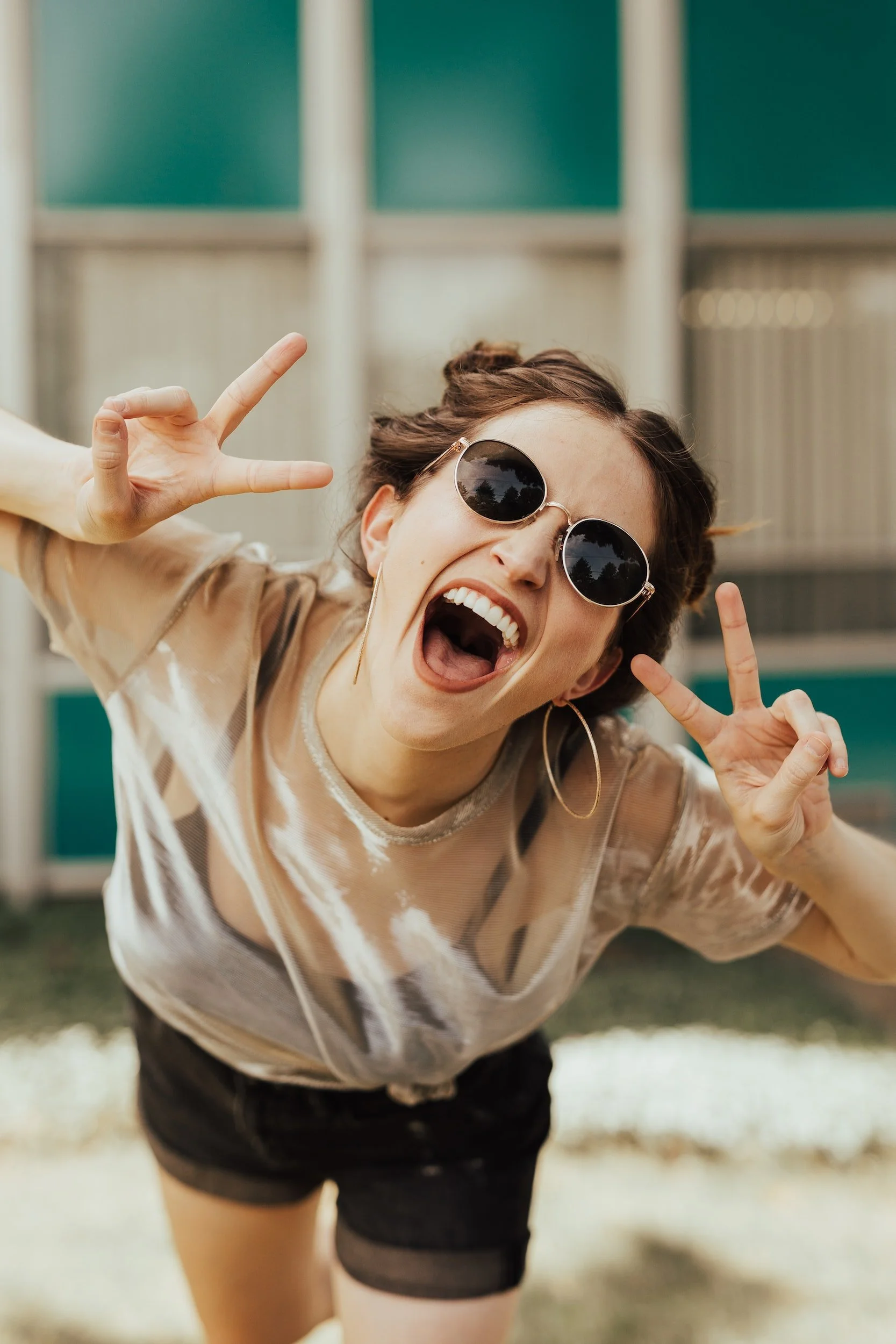
If you’ve caught sight of an influx of pastels this autumn, quirky accessories, or a plethora of shell and floral designs, fear not. You haven’t accidently wandered into Merengue’s abode in Animal Crossing — you’re observing the Rococo renaissance.
Rococo, the late Baroque artistic style from 18th-century France, is celebrated for its intricate, playful characteristics, often showcasing pastel hues, asymmetrical forms, elaborate curves, and shell or flower designs. It essentially evokes the thought, “Wow, that’s whimsical.”
Rococo forgoes the grandeur of Baroque, centering instead on intimate and decorative features without coming across as overly delicate. A prime illustration is the Catherine Palace in Russia, akin to a Sabrina Carpenter stage outfit if it were a structure.
If you’re thinking, “That sounds like 2025’s most common accessory, the Labubu,” you’re correct. They exude whimsy, pastel charm, and are entirely aesthetic. They embody frivolity, lightheartedness, playfulness, and ornamentation. They are Rococo.
Rococo is enjoying a resurgence. According to Pinterest, which listed “Rococo Revival” in its Pinterest Predicts 2025 trend report, interest in Rococo is on the rise. Searches are skyrocketing: Rococo weddings have increased by 95 percent, Rococo parties by 140 percent, and “Rococo outfit” searches have surged by 5,456 percent.
“The Rococo Revival trend embodies an ultra-feminine and lavish celebration,” stated Sydney Stanback, global trends and insights head at Pinterest. “Envision corset gowns, luxurious accessories, and ornate tablescapes, but infused with a lighter, whimsical essence.”
This doesn’t necessarily imply creating a flawless 18th-century ensemble — yet for some creators, that is precisely the goal.
“Fashion encompasses expression, and so do makeup and hair. Why not express yourself in ways you once only envisioned? We are distanced from that era, but I believe it’s playful. It’s enjoyable,” shared Morgan Ryan, known as @msmaverickmuse, a creator who curates nostalgic styles on Instagram and TikTok.
Stanback pointed out that this trend aligns with a “wider cultural movement toward vintage we’ve observed in recent years.” In 2023, Pinterest forecasted “Hipstoric Homes,” merging vintage treasures with contemporary decor. Rococo seems to be the natural advancement of that trend, now affecting celebrations and individual style.
Cultural phenomena like Bridgerton have fueled interest in Regency-era aesthetics, Stanback remarked.
A part of this surge stems from cultural references. Bridgerton revived a fantasy of powdered wigs and Regency ballrooms, while TikTok’s coquette aesthetic and Sofia Coppola’s Marie Antoinette keep visuals related to Rococo vibrant in fashion and online mood boards. Rococo’s resurgence reflects the cultural dynamics that initially spawned it.
“When I was younger, I viewed Sofia Coppola’s Marie Antoinette, and I was utterly captivated by the colors… It cemented my admiration for this era,” Ryan expressed.
“A response to monotony with order and symmetry, Rococo artists chose to depict wit, humor, emotion, and notably whimsy,” noted Jen and Ginny in their podcast Art History Babes. Rococo arose as a “reaction to the opulence of the baroque style of King Louis XIV.”
One could draw a similar response to the minimalistic trends of athleisure and normcore that dominated the early 2010s. As Ryan stated, “We’re accustomed to observing more relaxed, casual styles — a sea of Lululemon and sports apparel. The clearest contrast to that is donning a 1700s Rococo gown and sporting a grand wig. It feels like a defiance against our contemporary lifestyle.”
Rococo gained prominence post the demise of Louis XIV, whose Baroque preferences constructed Versailles as a testament to order, spectacle, and absolutism. In contrast, Rococo celebrated humor, whimsy, and playfulness over balance and grandeur.
Fast forward to the present. Our culture is similarly infused with personality-driven politics and media spectacle. Power is once more manifested through image, and loyalty is gauged by spectacle. Modern icons echo that very Baroque-style playbook — crafting personal brands as if they were manifestations of Versailles.
This is why Rococo’s pastel whimsy resonates today. Just as 18th-century artists reacted to Baroque absolutism with satire, intimacy, and excess, we are yearning for a style that feels both escapist and subversive. In a culture fixated on order, control, and seriousness, Rococo offers festivity, fantasy, and play.
Seashell jewelry, airy corset gowns, and Labubus swinging from tote bags — it’s history repeating itself, in pastels.